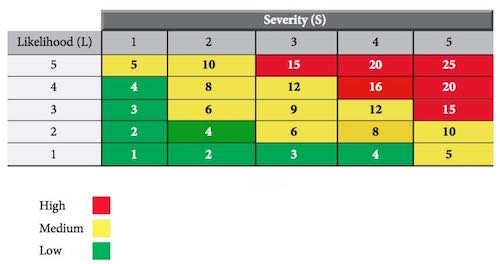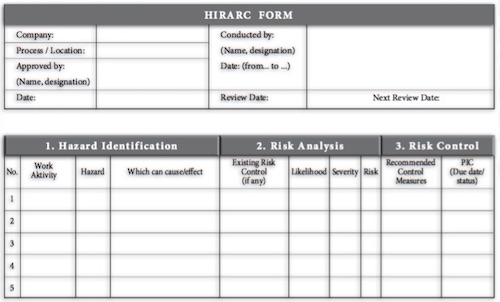Safety Helmet Types and Classes
The industrial safety helmets are also called Hard Hats, Safety Caps, Protective Helmets, and Safety Helmets. It is used by operators in many types of industries. The helmet shell is made with a durable injection-moulded, high-density polyethylene, lightweight, good intention and tenacity.
The helmet comes with 6 points plastic suspension. End users and buyers of helmets must decide if they have the effect of top impact only or if they need both top and side impact protection.
The helmet comes with 6 points plastic suspension. End users and buyers of helmets must decide if they have the effect of top impact only or if they need both top and side impact protection.
Users must also determine whether they need protection from electric shock hazards. Safety helmets are classified according to impact and electrical performance requirements as they are designed specifically to meet.
All safety helmets with this standard shall meet either Type I or Type II impact requirements. Moreover, all safety helmets further classified as to meet Class G, Class E or Class C electrical requirements.
Here is a brief outline of the different types and classes safety helmet;
Impact Types
- Helmet Type I: Type I Helmet is designed to give the top impact protection. It aims to reduce the impacts of a blow only to the top of the head. It is not intended to have an impact from the side (lateral) impact. This is the most commonly used type of hard hat use.
- Type II Helmet: Type II helmet aims to reduce the force of impact resulting from a blow that may be off-centre or top of the head. Helmets are designed to provide protection against both the top and side impacts.
Electrical Classes
- Helmet Class E (Electrical): Class E stands for Electrical. These class protective helmets are intended to reduce the danger of high voltage conductors. Class E helmets are tested to 20 kV. Sample tests are proof tested at 20 kV (phase to ground). However, this voltage is not intended as an indication of the voltage at which the helmet protects the wearer.
- Helmet Class G (General): Class G stands for General. Class G helmets are intended to reduce the danger of contact to low voltage conductors. This class only tested to 2.2 kV. Proof test samples tested at 2.2 kV (phase to ground). However, this voltage is not intended as an indication of the voltage at which the helmet protects the wearer.
- Helmets Class C (Conductive): Class C means conductive. This class is not intended to provide protection against contact with electrical conductors. It is also not tested for electrical resistance.
Note that the Class E helmet meets the requirements of Class G and Class C helmet. For more information please refer to American National Standards Institute Standard Z89.1 for head protection from the American National Standards Institute.















